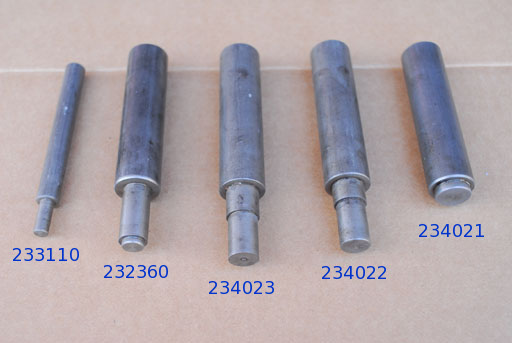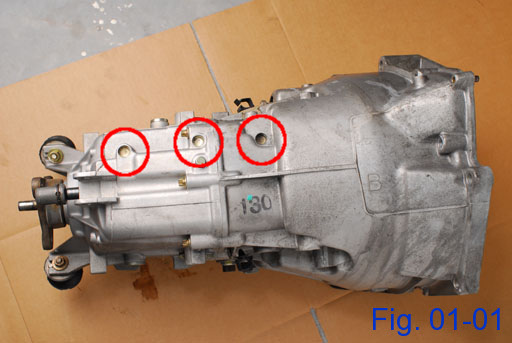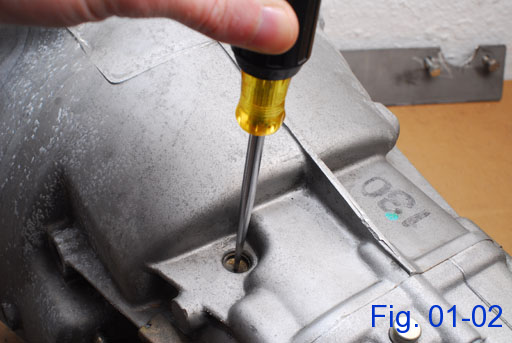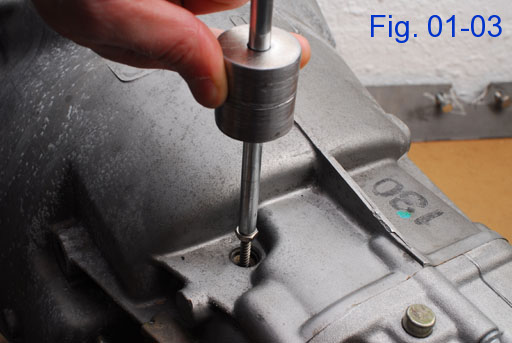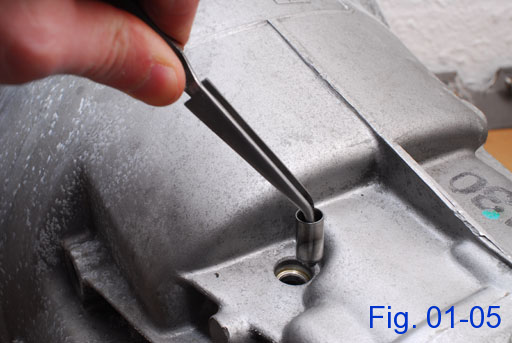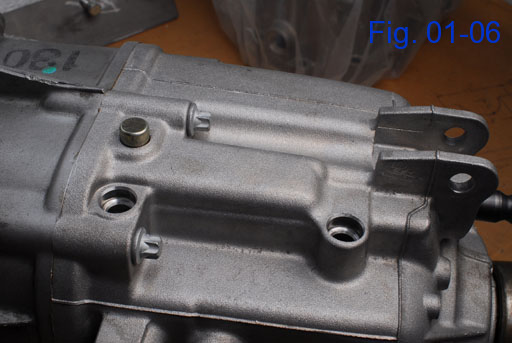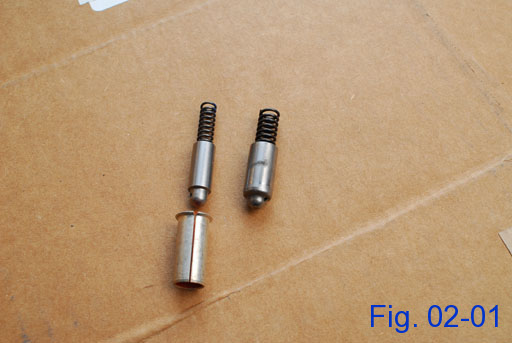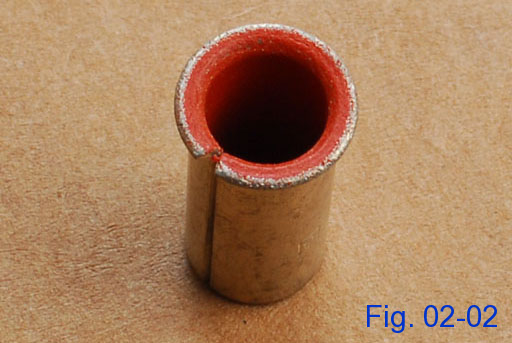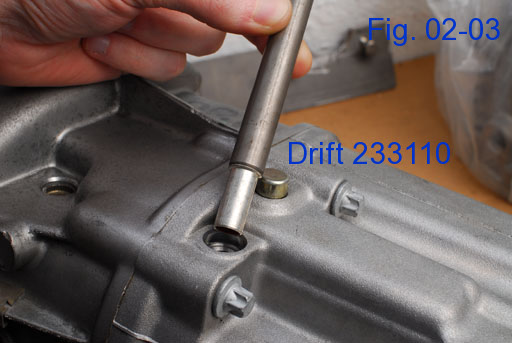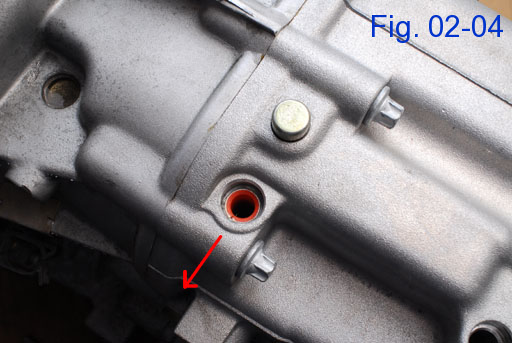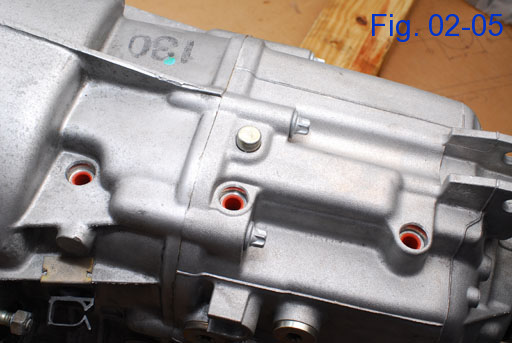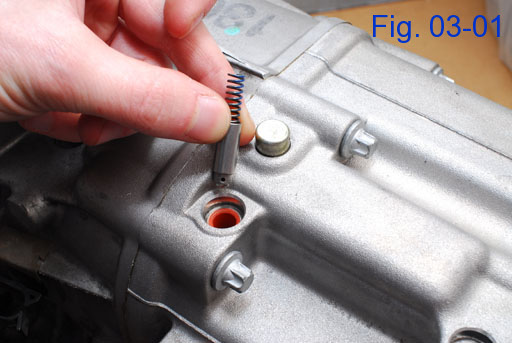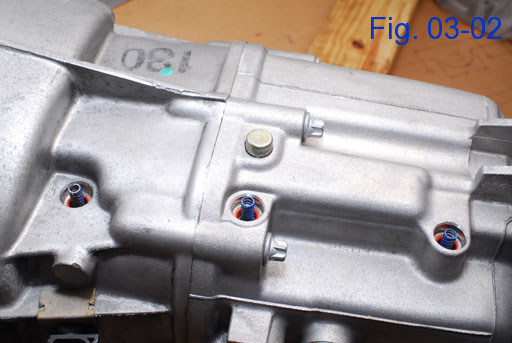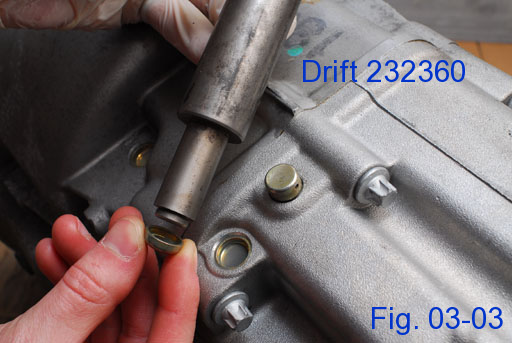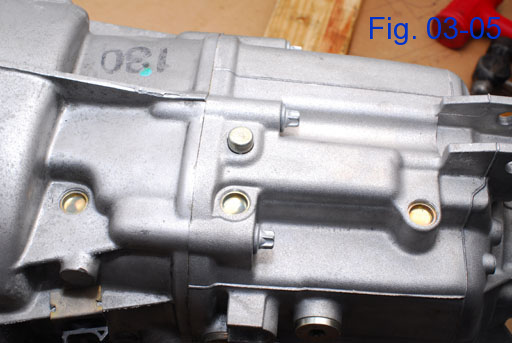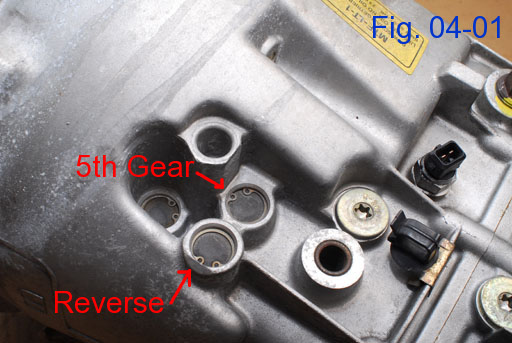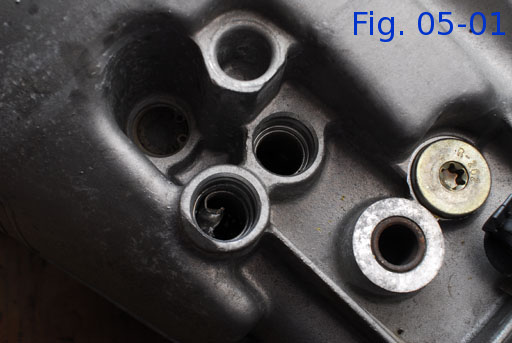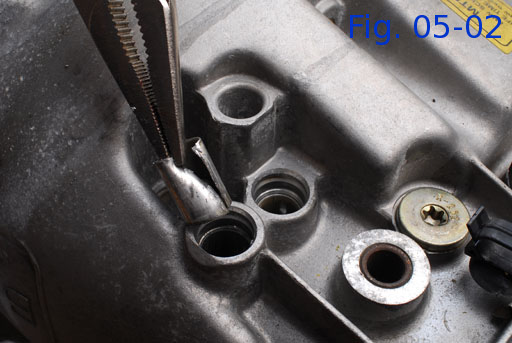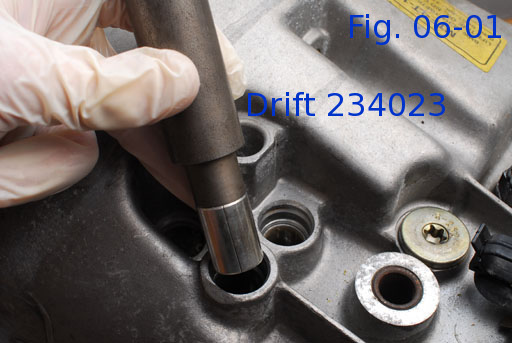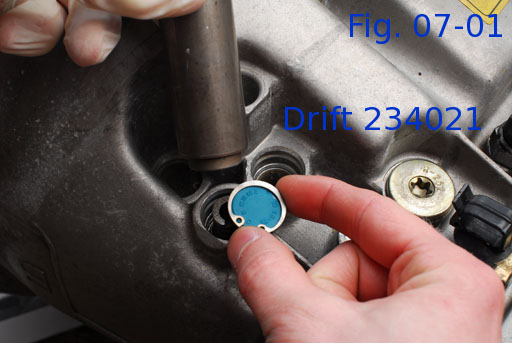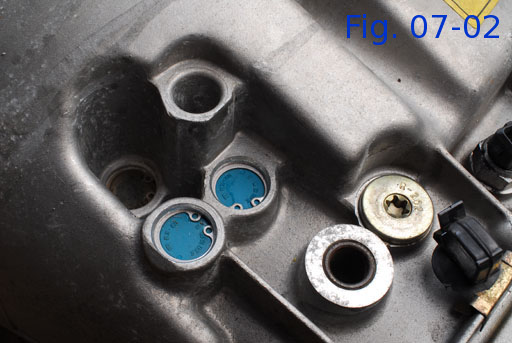Article by: Vinci & mplazz
Article applies to: all models with the ZF S5D 320Z 5-speed manual transmission.
Introduction:
This guide covers the process of replacing and updating the shift pins of the ZF S5D 320Z 5-speed manual transmission used in many of the BMW 6-cylinder models. This is a service that is prompted by a design fault of the shift detent pins used in that specific transmission. The symptoms include difficulty shifting into 1st, 2nd, 3rd, and 4th gear (BMW SIB 23 01 02 (881)) and sticking of shift lever when shifting in and out of the 5th gear or reverse gear gate (BMW SIB 23 01 04 (063)). This service requires that the transmission be entirely removed from the vehicle and assumes that you have already done so. Please see “How to: Remove / install your Z3 transmission.” for a guide to this, if needed.
Tools and Parts:
This service requires several special, service-specific tools. It is not at all recommended to attempt this service without these tools. These tools can be sourced from a BMW dealer or can be made by a machinist using the technical drawings linked below.
The parts list contains all of the parts that I recommend that you have on hand to complete this service. Any optional parts are marked as such.
- 3x Pin kit 23117525048 (Each contains 1 pin, 1 spring, and 1 lined bushing)
- 3x Sealing cap 07119937227 (ShiftOEM.com shows #23317531369 for this, but the cap I spec fits the cap drift better and matches the original)
- 2x Pin bushing kit 23117542726 (This part number is not found on ShiftOEM.com, but is correct and can be ordered from a dealer. Each contains 1 lined bushing, 1 plastic-coated cap, and 1 snap ring clip)
- 1x Reverse gear pin 23311224849 (OPTIONAL, but recommended because of possible wear on original pin)
- 1x 5th gear pin 23317502165 (OPTIONAL, but recommended because of possible wear on original pin)
- BMW bushing drift 233110 (DRAWING)
- BMW sealing cap drift 232360 (DRAWING)
- BMW bushing drift 234023 (Reverse gear pin. DRAWING)
- BMW bushing drift 234022 (5th gear pin. DRAWING)
- BMW sealing cap drift 234021 (DRAWING)
- Self-tapping mini slide-hammer (BMW 230490 [83300491454] or equivalent)
- Internal snap-ring pliers
- Sharp punch or awl (for puncturing sealing caps)
Below is pictured the set of 5 drifts required for this service.
These are not the official BMW tools, but a set commissioned by a member of the Z3 community.
I have labeled the drifts in the photo with the part numbers that apply to their official BMW counterparts.
Step 1: Remove the top sealing caps and shift pins.
- Locate the 3 shift pin sealing caps on the top of the transmission (fig. 01-01). These are metal caps that are friction-fit into the transmission casing to hold the shift pin and its spring in place.
- Remove these by punching a small hole in the cap with a sharp punch or awl (fig. 01-02). Make your hole in the center. You cannot drive the cap into the transmission further than it is. Do not make the hole too big, or you may have trouble getting your slide hammer to hold onto the cap.
- With the holes made, thread in your slide hammer and pop each cap out of the transmission housing (fig. 01-03). All three caps and pins are identical, so there is no need to keep track of which is which as you take them out.
- Remove the pin springs and pins. The springs will be easy to remove, but the pins will be inside the housing. I found that a pair of long-reach tweezers helped with this (fig. 01-04 and 01-05).
With the pins out, you can see that the bores that the pins sit in are unlined and fairly starved for lubrication (fig. 01-06). Friction between the shift pins and the inner walls of these bores is what causes “notchy” shifting and a general difficulty getting the transmission into gears 1-4.
Step 2: Install top shift pin bushings.
BMW’s solution for the pins not moving smoothly within the transmission case bores is to insert a lined bushing into each of the bores. This necessitates a smaller-diameter shift detent pin. See figure 02-01 for a comparison of the new pin and bushing (left) to the original (right). Figure 02-02 shows the new lined bushing.
- To insert the new bushing into the transmission case bore, slide a bushing from pin kit 23117525048 onto bushing drift 233110 (fig. 02-03).
- Orient the split in the bushing towards either the left or right of the transmission. Do not insert the bushing with the split towards the front or rear or the transmission.
- Tap the bushing into place with a mallet. The bushing cannot be inserted too far into the casing. Tap it in until it bottoms out. (fig. 02-04, the arrow shows the orientation of the bushing split)
- Figure 02-05 shows all 3 bushings in place.
Step 3: Install top shift pins and sealing caps.
- Apply a coating of transmission fluid to each of the 3 shift detent pins and drop one into each bushing (fig. 03-01 and 03-02).
- Place a sealing cap (BMW 07119937227) on the end of the sealing cap drift (BMW 232360) and press the tap the cap into place against the tension of the shift detent pin spring (fig. 03-03 and 03-04). The sealing cap should bottom out against the bushing below it. It cannot be pressed too far into place.
- Figure 03-05 shows all 3 sealing caps in place.
This concludes the shift pin service for gears 1-4.
Step 4: Remove reverse and 5th gear sealing caps and shift pins.
The reverse and 5th gear pins are the biggest culprits when it comes to sticking in their respective bores. Unlike the gear 1-4 pin bores, these pin bores originally came with bushing pressed into place. When compared to the new bushing, the originals did not appear to have any anti-friction coating on the inside. This is either because it never had any or because the coating wore off with use. Whatever the case, excessive friction between the pin and that bushing is what causes the pin to stick and make it difficult to shift into reverse and 5th gear.
- Using inside snap-ring pliers, remove the snap rings from the 2 pin bores (Fig. 4-01).
- Using a sharp punch or awl, punch a small hole in the sealing caps.
- Thread the slide hammer into each of the sealing caps and pop them out of the transmission casing.
- Take note that the reverse gear pin uses a much thicker spring than the 5th gear pin (fig. 04-02). These springs must go back with the correct spring.
- Remove the pins from their respective bores. These will almost certainly be stuck in place (hence the need for the service). We found that we were able to pull the pins out by inserting a small, bent-tip screwdriver into the hole in the center of the pin and pulling them straight out. The tweezers used earlier will not likely work.
- Keep track of which pin goes in which bore. They are different and not interchangeable. The reverse gear pin has a straight slant, and the 5th gear pin has a curved slant.
Step 5: Remove reverse and 5th gear shift pin bushings.
- To remove the original pin bushings, deform the bushing at the split. This can be done with a small screwdriver or a similar tool (fig. 05-01).
- Once the bushing is sufficiently deformed, it can be clamped by pliers, Vise-Grips, or the like, and removed from the bore (fig. 05-02).
Take care to avoid scratching or otherwise damaging the pin bore or surrounding transmission casing when working the bushing out. Such damage could cause leaks around the sealing cap or not allow the new bushing to seat properly.
Step 6: Install reverse and 5th gear shift pin bushings.
Like the gear 1-4 pins, BMW’s uses lined bushings with the reverse and 5th gear pins to prevent sticking. Since the same pins are reused, I have to assume that the original bushings were lined as well. When I removed the original bushings, there did not seem to be any lining left, and the pins were sticking quite badly. In that case, I would expect the new bushings to eventually wear out too.
Unlike the gear 1-4 bushings, BMW does not specify an orientation for these bushings. Because the motion against the pins, inside the transmission, is vertical, I opted to orient the split in the bushing towards the rear of the transmission.
- To install the new lined bushings for the reverse gear pins, slide a bushing (BMW 23117542726) onto the reverse pin bushing drift (BMW 234023), and tape into place with a mallet until the drift bottoms out against the transmission case (fig. 06-01).
- Installing the 5th gear bushing is the same as the reverse bushing, except that the slightly-shorter 5th gear bushing drift is used (BMW 234022).
Step 7: Install reverse and 5th gear shift pins and sealing caps.
- Apply a light coating of transmission fluid to the reverse and 5th gear springs and pins.
- Orient the ramp on the reverse gear pin towards the bottom of the transmission and insert the pin (BMW 23311224849) into the upper pin bushing (fig. 07-01). The reverse gear pin is easily identified by its flat ramp.
- Orient the ramp on the 5th gear pin towards the top of the transmission and insert the pin (BMW 23317502165) into the lower pin bushing (fig. 07-01). The 5th gear pin is easily identified by its curved ramp.
- Insert the heavier-gauge spring into the reverse gear pin and the lighter-gauge spring into the 5th gear pin.
- Place a coated cap and a snap ring clip (from BMW 23117542726) on top of of each of the springs (fig. 07-01).
- Carefully press the clip and cap into place in the transmission housing with the reverse and 5th gear cap drift (BMW 234021, fig. 07-02). The orientation of the snap ring clip is irrelevant.
This concludes the service for the reverse and 5th gear pins.

